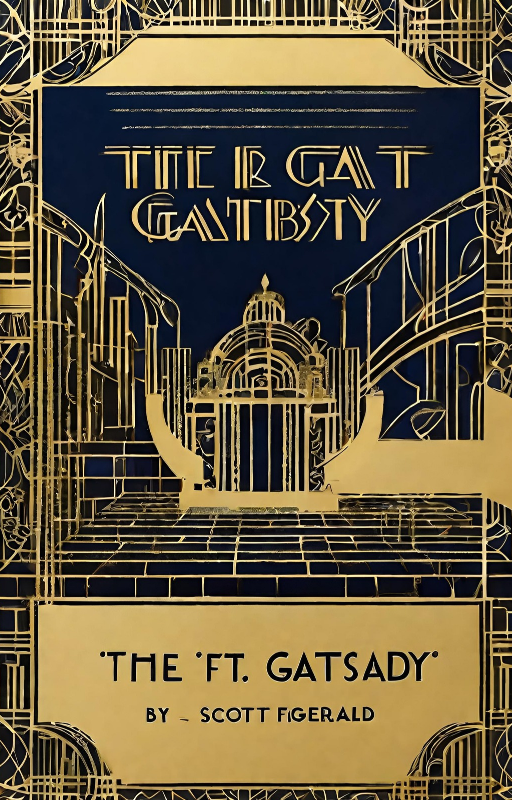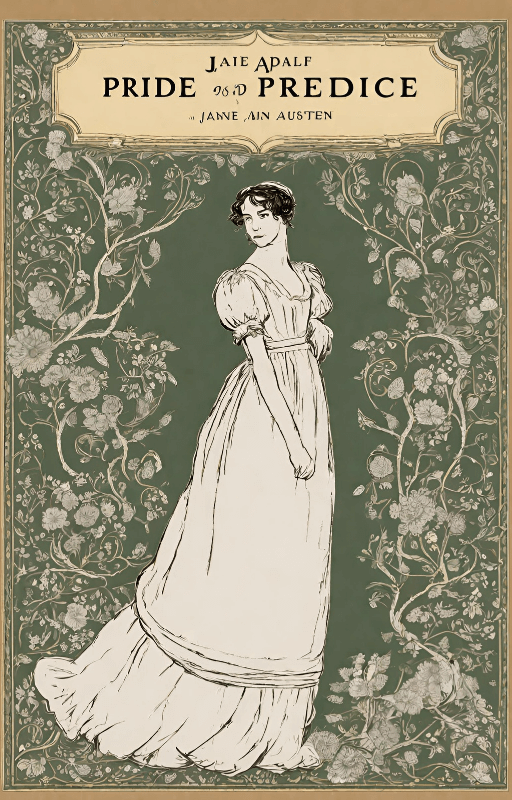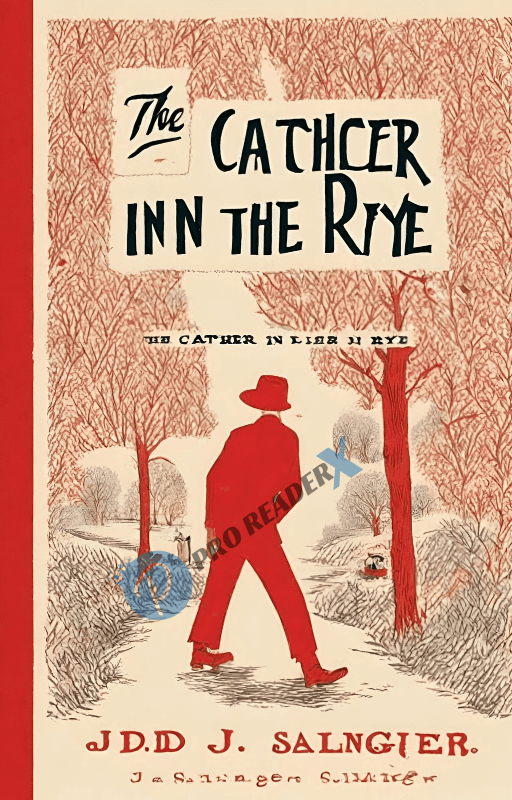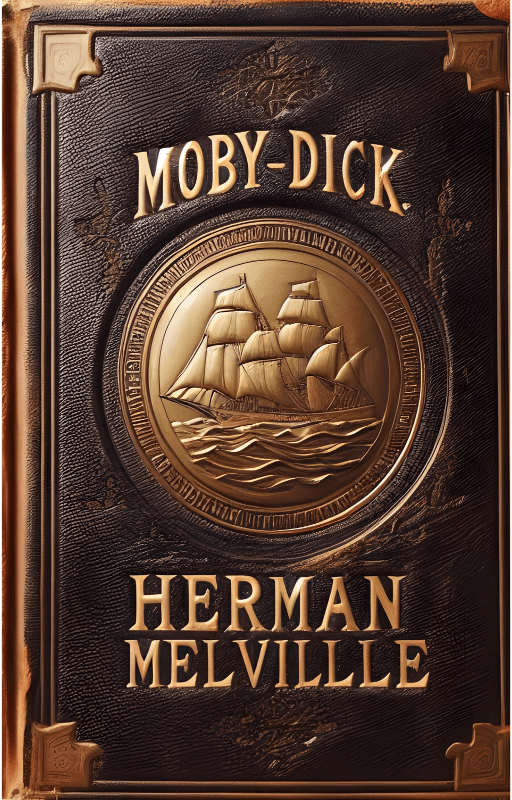Introducing The Outsiders
Do you ever feel like an outsider? The Outsiders, a famous novel by S.E. Hinton, delves deeply into the lives and difficulties of young outsiders. Generations have found resonance in this coming-of-age tale, which was written in 1967 and explores issues of family, identity, and socioeconomic status. Let us examine the timeless qualities of this text.
About the Author
Life in the Early Years
Susan Eloise Hinton was born in Tulsa, Oklahoma, on April 24, 1948. She wrote The Outsiders because, as a child, she saw the social differences in her high school. Just fifteen years old, Hinton started writing the book that would come to define her career.
Writing Career
Early on in her career, Hinton wrote a book called The Outsiders when she was just eighteen. After the book became popular, she wrote That Was Then, This Is Now, and Rumble Fish, among others. Her works frequently address the difficulties of adolescence for young adults.
Literature Impact
It was remarkable how easily Hinton portrayed teenage problems. Her influence on innumerable writers helped establish the young adult category. Her books are still taught in high schools, which shows how important youth writing is.
Scenery of the Story
Time Period
The Outsiders takes place during America’s 1960s social and cultural revolution. This time period is extremely significant to the narrative because it depicts the conflict that exists between the various socioeconomic groups.
Localization
The book takes place in Tulsa, Oklahoma. The novel’s two competing organizations, the Greasers and the Socs, find a sharp background in the city’s clear division between the wealthy and the impoverished.
Main Characters
Ponyboy Curtis
The book’s main character, Ponyboy, is a perceptive and cerebral 14-year-old Greaser. The voice of reflection and introspection throughout the story stems from his love of books and movies.
Johnny Cade
Johnny, Ponyboy’s closest buddy, is the gentle and sensitive youngster who has endured much from the horrors of the streets and his violent parents. His terrible fate is one of the book’s main themes.
Dallas Winston
Of all the Greasers, Dallas, or Dally, is the roughest. His hard appearance belies a very devoted heart, especially to Johnny. The brutal facts of street life are made clear by his own experiences.
Sodapop Curtis
Ponyboy’s adorably attractive elder brother is called Sodapop, or Soda. He keeps their shaky family together by serving as a mediator between Ponyboy and their oldest brother, Darry.
Darrel “Darry” Curtis
With their parents’ deaths, Darry, the oldest Curtis brother, has assumed guardianship. His affection and strong sense of duty for his siblings are the reasons for his severe and occasionally harsh demeanor.
Supporting Characters
The novel also features a number of supporting characters, including Two-Bit Mathews, Steve Randle, and members of the Socs such as Cherry Valance and Bob Sheldon. Each of these individuals contributes a new layer of complexity to the social dynamics that are investigated throughout the narrative.
Plot Summary
Exposition
The social strife with the Socs is built up by Ponyboy telling the tale of his time as a Greaser. Knowing the characters and their backgrounds helps us understand the stakes and stress.
Rising Action
When Johnny murders Bob Sheldon, a social worker, in order to save Ponyboy, tensions rise. Ponyboy and Johnny had to flee after this self-defense move and hide in an abandoned chapel. Though it also draws them closer, their time in hiding causes further problems.
Climax
The church burning down and Johnny and Ponyboy valiantly saving a bunch of kids who are inside is the turning point. Because Johnny sustains serious injuries, a chain of circumstances occurs that intensifies the story’s emotional impact.
Falling Action
The Greasers are going to win this rumble between them and the Socs. The victory is bittersweet, though, as Johnny passes away from his wounds, and Dally, crushed by Johnny’s passing, dies in a police encounter.
Resolution
By the time the book ends, Ponyboy is still having trouble making sense of what has happened. He chooses to create his novel, The Outsiders, which provides a glimmer of hope and the prospect of understanding and transformation.
Themes and Motifs
Social Class and Inequality
A major motif is the separation of Greasers and Socs, which stands for more general social injustices. Hinton looks at how these splits impact the lives and viewpoints of the characters.
Violence and Survival
From street clashes to inner conflicts, violence is a constant throughout the book. To live, the characters must negotiate this harsh reality as well as make tough decisions.
Family and Brotherhood
Family, especially chosen family, is important, as the relationship that exists between Greasers and the Curtis brothers demonstrates. Their friendship and allegiance to one another offer a counterweight to what violence is all about.
Identity and Coming of Age
The coming-of-age tale in the book centers on Ponyboy’s quest for self-awareness and his position in the world. Because of this topic, viewers find the narrative to be both timeless and relevant.
Literary Devices
Symbolism
To symbolize larger topics and character emotions, Hinton used a variety of symbols, including sunsets and the switchblade. These symbols enhance the story by adding layers of significance.
Foreshadowing
To create tension and allude to future events, the book uses foreshadowing. Readers are kept interested in the tale, and its depth is increased by this approach.
Flashbacks
Readers are given assistance in understanding the motivations and histories of the characters through the use of flashbacks, which offer background information. This method enhances the story’s emotional impact.
Reception and Legacy
Critical Reception
Widespread praise was showered upon The Outsiders for its unvarnished and honest depiction of teenage life. Hinton’s skill to convey the voice and challenges of young people won accolades from critics.
Influence on Pop Culture
The book has forever changed popular culture; it has influenced music, films, and even fashion. Its impact goes beyond literature; it shapes the way that different media portray adolescent life.
Awards and Honors
The Outsiders has won several honors throughout the years, including a spot on multiple “best of” lists. Its continuing appeal bears witness to its importance in literary history.
Adaptations
1983 Film
The 1983 Francis Ford Coppola-directed movie version of The Outsiders expanded the audience. A star-studded ensemble, the film is still a popular adaptation of the novel.
Stage Adaptations
A number of theatrical adaptations of the book have also captured the narrative’s spirit through live performances. These versions keep introducing the story to fresh audiences.
Other Media
The Outsiders’ wide appeal and cultural influence are demonstrated by the fact that it has spawned television series, music videos, and even comic books in addition to theater and movies. Its place in popular culture is cemented by the themes and personalities that appeal to people in many media.
Conclusion
Beyond simply a novel, S.E. Hinton’s The Outsiders is a potent examination of adolescent hardships, societal differences, and the path to self-discovery. It is a timeless work that appeals to people of all ages, unquestionably having influenced literature and culture. Whether you’re an adult thinking back on your history or a youngster forging your own way, The Outsiders provides a deep window into the human condition.
FAQs
Q1. What inspired S.E. Hinton to write The Outsiders?
The social differences she saw at her own high school provided inspiration for S.E. Hinton. She wrote a narrative that brought attention to these problems because of the tension between various socioeconomic groups and the hardships of the youngsters in her immediate vicinity.
Q2. Why is The Outsiders considered a classic?
Because it so faithfully reflects the voice and experiences of teens, The Outsiders is regarded as a classic. A mainstay of young adult fiction, its examination of universal issues like identity, family, and socioeconomic status never goes out of style.
Q3. How do The Outsiders address social class issues?
Through their struggle, the Greasers and Socs in the book tackle socioeconomic class concerns. It illustrates how inequality affects the characters’ lives and viewpoints, as well as how economic and social disparities create friction.
Q4. What are some key themes in The Outsiders?
The Outsiders’ major themes include coming of age and identity, family and brotherhood, violence and survival, and socioeconomic class and injustice. Deeply relevant, the narrative explores these issues through the lives and interactions of the protagonists.
Q5. Has The Outsiders been adapted into other forms of media?
Yes, The Outsiders has been transformed into a 1983 film directed by Francis Ford Coppola, several stage performances, and other media like television series and comic comics. These renditions have done much to establish the narrative in popular culture and reach new readers.






